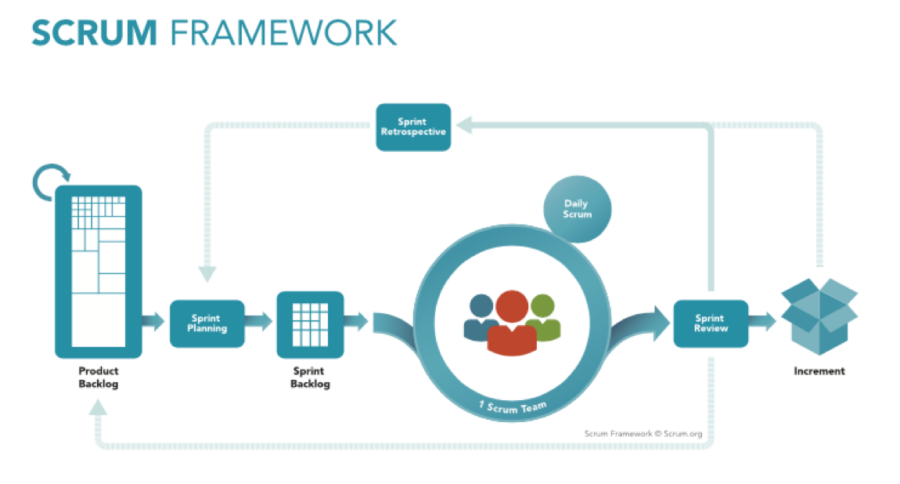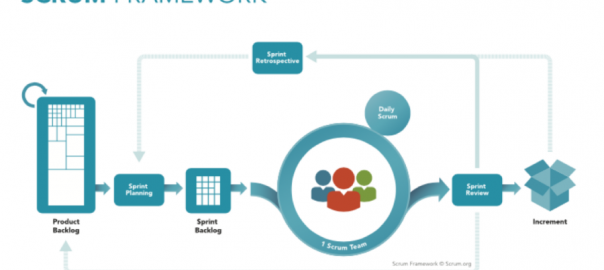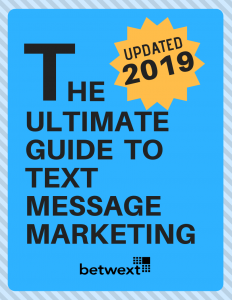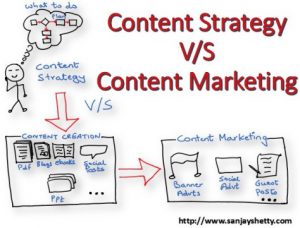Usually, there is always this notion that Scrum links to Agile in some way. While this may be true to some extent, there is often a distinction that sets in when defining the major method of implementing agile rules. Agile project management boasts a range of associated methods.
The methods are not just limited to what Scrum can provide, but Feature Driven Development and Extreme Programming, too, can serve some essence to the sector. Agile is essential in Product development but has some quite different flavors from XP, Scrum, and Crystal.
Most essentially, all of them are powerful, agile, and can be used together. In simple terms, Scrum is one unique agile method essential for delivering incremental and iterative products. More often, Scrum relies on strategic decision making and time to time feedback. Let’s now get to understand the Scrum framework.
The Scrum Framework

Scrum, just like any other framework, gives a structure to adhere to when delivering your work. Usually, the framework sets clear visions and features and prioritizes them in order of their importance to a business or organization.
The features involved here are mostly confined to the customer requirements, and all are taken off by a customer representative, usually called the product owner. There is time assigned to a team effective for the completion of all the features that have been set.
This time is usually called sprint or iteration, and it extends to no more than four weeks. The team responsible for managing a given project devotes themselves to work within the provided time while adhering to desired features. Usually, once work commences, the team responsible is protected from time to time interruptions.
This is done to help them focus on their desired goal. Once a product backlog is set, there are no possible changes that can be made. All these are made more effective to ensure agile project management is a success. If anything of such kind arises, then the team reserves the issue to handle it in the next sprint.
A given sprint comes with keen and consistent checks through a durational meeting called Scrum. At this point, every member accounts for what he or she has done, focuses on what they are planning next, and the strategies for achieving what they plan. Completion of a sprint marks the onset of team demonstrations.
Here, the team demonstrates the work they have been devoted to and delivers it to their immediate stakeholders. At the same time, the team collects feedback and identifies factors that can be a hindrance in the next sprint. Furthermore, the team can also identify ways of enhancing their work. The meeting is so essential since it touches on key features such as adaptation and transparency.
Roles and Responsibilities
Scrum usually involves three roles. Check them out.
-
The ScrumMaster
The ScrumMaster is responsible for keeping the process and taking care of all the team’s issues. ScrumMasters are responsible for ensuring proper team communication, eradication of hindrances, taking control of discussions, external negotiations, and much more.
-
The Product Owner
As discussed earlier, this individual is the customer representative and airs out customer views. The individual is also incapacitated with the power to make decisions based on the product under development. Above all, the Product Owner gives guidance on the product and gives answers to queries related to the product.
-
The Team
Usually, the team entails an average of 7 persons who are responsible for working on the anticipated product. Their major role is just delivery of the postulated product. They are tasked with daily commitments and accountability on the work at hand.
-
The Application of Scrum
There are many areas we can always associate with Scrum. Ranging from meetings to ceremonies, Scrum is essential. There is even more made more effective with the presence of the three kinds of personnel involved. Scrum is common when it comes to projects, and there can be various examples related to that. Some of the examples related that use Scrum include:
-
Book writing
A book project can always be made successful through Scrum. Essentially, the incorporation of several factors in such an instance is critical. Scrum can be used in non-software projects, right? Yes, a book writing project isn’t a software project.
Usually, in an instance such as this, you can consider holding a release-planning meeting, develop sprints, assign yourselves roles and responsibilities, and get ready to see your project done. Just incorporate the different roles and responsibilities accordingly.
You can also use Scrum in a capital company, where the project manager can serve as a Scram master while others take up other roles such as the team. Scrum can also be used in a church just in different ways.
Conclusion
Scrum is a powerful tool for you and will always help in the delivery of the most outstanding products. This is done in increments and iterations while monitoring the whole process in a durational basis. It’s a way of getting a huge and tedious project done. With the division of roles and responsibilities, what can seem heavier will, with time, become easier.
There are various instances where we can use and rely on Scrum to manage agile projects. Everything is covered in this piece is just but a short overview of what Scrum can do. Many other agile practices are linked to Scrum and can be used together. Get your company’s job and entire projects done with the use of Scrum for best results.
Business & Finance Articles on Business 2 Community
(86)
Report Post







